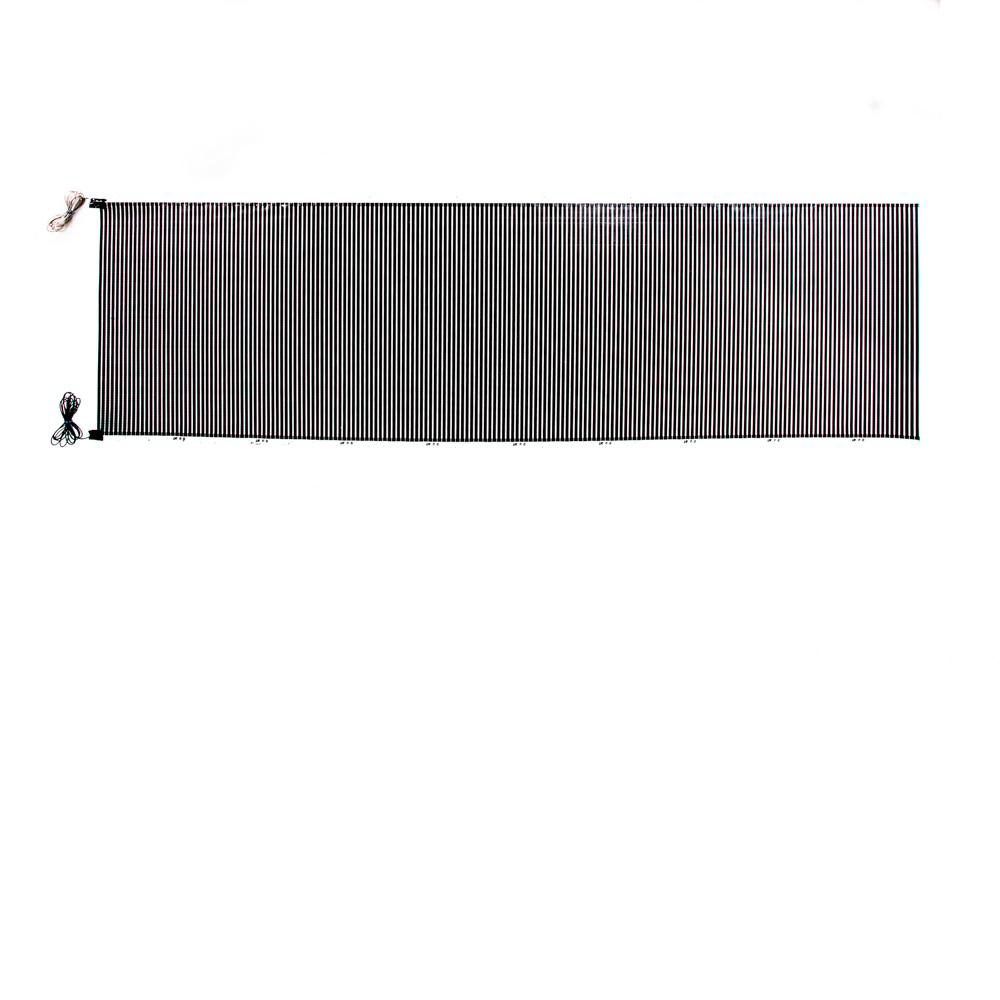

This explains how you can still be cold when the thermostat says 72 degrees. The diagram on the right illustrates how heated air in a conventional forced-air system rises to the ceiling and then comes back down as cool air. There is no loss of heat because everything is at the same temperature. Delivering heat and comfort efficiently: what’s not to love? Above: The diagram on the left illustrates the principle of radiant floor heating in which heated surfaces transmit heat to all surrounding objects. As we heat up from our feet, we stay warmer at a lower temperature,” says contractor Jeff King. “We experience pure warmth with radiant floor heating. In a conventional forced-air heating system, heated air (along with dust and allergens) rises to the ceiling and drops back down as its temperature lowers, making it difficult to keep your toes warm, even if everything above your shoulders is boiling. Waves of infrared radiation rising from the floor warm up the building mass, insuring that heat isn’t lost to surrounding surfaces. Not only does radiant floor heating keep your toes warm, but it ensures that the rest of your body will be kept at a comfortable temperature as well.


What are the pros of radiant floor heating? Above: An electric radiant heating wire system installation from contractor Jeff King & Co. Hydronic by San Francisco contractor Jeff King of Jeff King & Co., a member of the Remodelista Architect & Designer Directory. For more on the pros and cons of each system and which might be better suited to you, see Radiant Floor Heating: Electric vs.
#Electric radiant floor heating install
The caveat is that they come with higher initial costs because they’re more complicated to install and require heated water from a boiler or a water heater. Hydronic systems are less expensive to operate, so they work well for large floor areas and even entire houses. Here’s how the two compare: Electric radiant-floor heating systems are easier and more affordable to install, but more expensive to operate, making them ideal for heating small areas. The two most common types of radiant-floor heating systems are electric (heat via electric wires) and hydronic (heat via hot water tubes), both of which are buried underneath the floor. Photograph from The Dinesen Family House: A Historic Renovation for Danish Design Royalty. Above: Imagine waking up and putting your bare feet on warm oak floorboards every morning in the winter. Invented by the engineering-savvy ancient Romans, who had slaves fanning wood-burning fires under elevated marble floors, radiant floor heating is an under-the-floor heating system that conducts heat through the floor surface rather than through the air (as in conventional forced-air heating systems). See more in A Puget Sound Cabin That Rests Lightly on the Landscape. Above: In a rustic architect-designed cabin on the southern tip of Puget Sound, the heat comes up through the concrete floors. Here’s the lowdown on the subject: Read on if you’re ready to rip up your floors in the name of cost-effective, energy-efficient heat. As an architect who has supervised and survived many remodels, I have experienced radiant floor heating in other people’s houses and covet it in my own. Icon - Check Mark A check mark for checkbox buttons.Ĭan anyone resist the sensation of walking barefoot on a heated floor? If you’re just embarking on a renovation or building a new house, consider installing radiant heating (also known as underfloor heating), an energy-efficient way to keep warm throughout the cold months. Icon - Twitter Twitters brand mark for use in social sharing icons. Icon - Pinterest Pinterests brand mark for use in social sharing icons. flipboard Icon - Instagram Instagrams brand mark for use in social sharing icons. Icon - Facebook Facebooks brand mark for use in social sharing icons. Icon - Email Used to indicate an emai action. Icon - Search Used to indicate a search action. Icon - Zoom In Used to indicate a zoom in action on a map. Icon - Zoom Out Used to indicate a zoom out action on a map. Icon - Location Pin Used to showcase a location on a map. Icon - Dropdown Arrow Used to indicate a dropdown. Icon - Close Used to indicate a close action. Icon - Down Chevron Used to indicate a dropdown. Icon - Message The icon we use to represent an email action. Icon - External Link An icon we use to indicate a button link is external. Icon - Arrow Right An icon we use to indicate a leftwards action. Remodeling 101: 5 Things to Know About Radiant Floor Heating - Remodelista Icon - Arrow Left An icon we use to indicate a rightwards action.


 0 kommentar(er)
0 kommentar(er)
